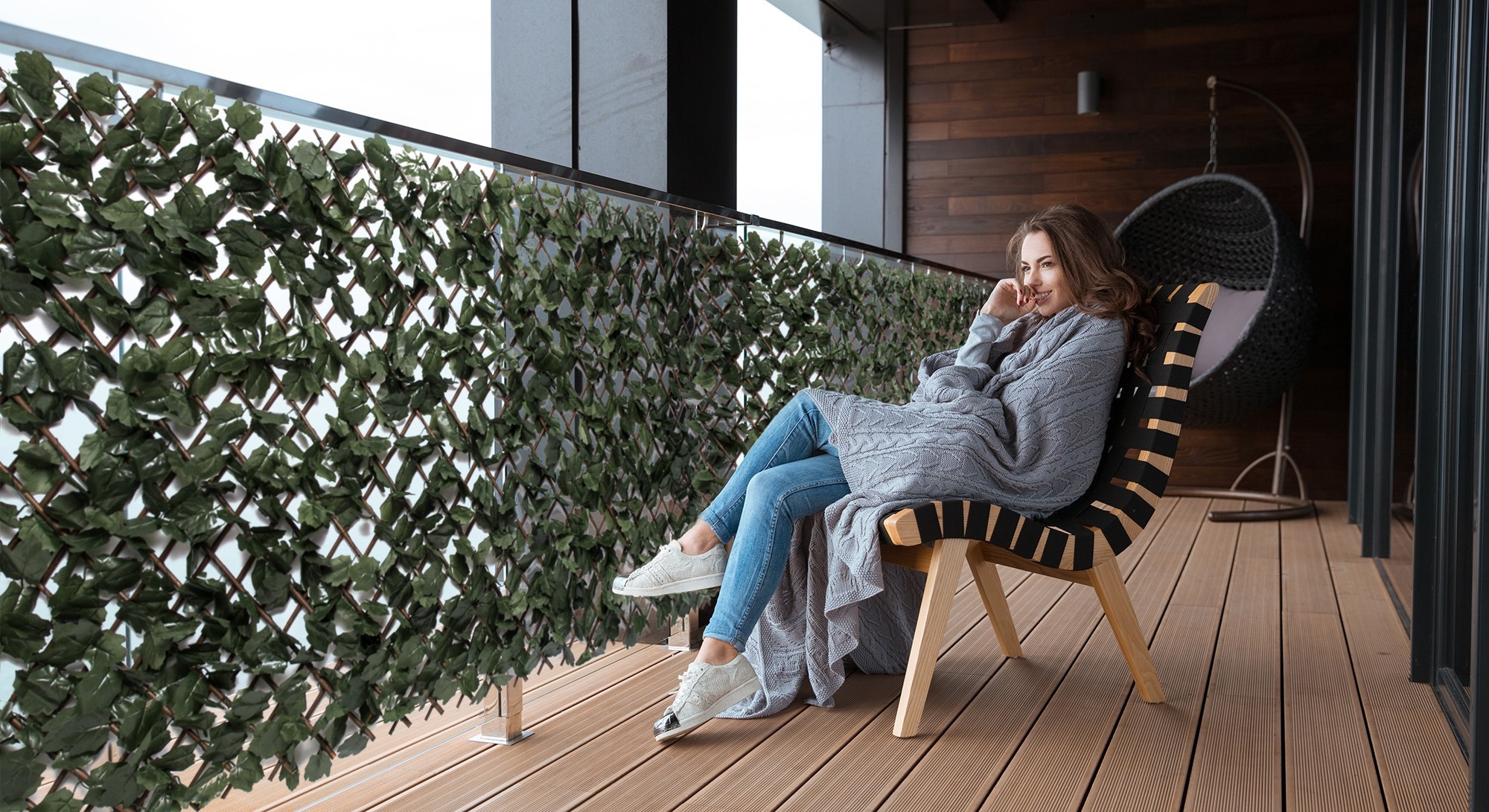Spring 2021
Green-spirational
Be inspired by the creativity-enhancing benefits of (faux) green space
Let’s talk about color psychology. In depth study of the topic throughout the years suggests that the presence of color can have a number of effects on the mind and body. So, what does this mean for workspaces? How can color prove beneficial in professional settings?
The four psychological primary colours are red, blue, yellow, and green. Red affects the body; blue affects the mind. Yellow is said to impact self-confidence and focus, while green affects the harmony between the mind, body, and emotions. The impact of color can range from physiological changes like a raising or lowering the heart rate, to subconscious effects pertaining to perception and mindset. When used strategically, certain colors can even influence negotiations, drive positive energy, and enhance creative performance in employees.
Ideal for brainstorming, the presence of green, even in small doses, has been proven to stimulate creativity and drive performance. A psychological study published in 2012 found, in four experiments, that a glimpse of green prior to performing a creative task resulted in increased creative performance during that task. Green is recognized as the cooler of innovation (often making it the color of choice when it comes to branding for energy companies, for example). But bringing green to your business can have further impact on day-to-day productivity. Incorporating elements of green – and greenery – into offices can enhance creativity, compliment a decor scheme, and promote a healthy work space.
Green spaces, small and large, serve to ease anxiety, promote creativity, and foster mental and physical wellbeing. As I write this, I find myself sitting in a cafe where green ferns hang from the ceiling, leafy plants share space with succulent plants on each table, and potted trees line the perimeter. The effect is vibrant and jungle-like, and gives a sense of “aliveness”. It’s no coincidence that time spent in the garden or a walk through the forest are viewed as ways to “clear one’s head”: the effect can be felt, though it’s difficult to pinpoint what it is exactly that makes our minds and bodies respond to a particular color this way.
Plants’ stress-reducing properties were discovered as particularly beneficial in an earlier study from 1996, where it was found that the presence of plants in a windowless computer lab brought about increased productivity, higher attentiveness, and lower stress levels in subjects as they completed tasks (versus the lab where no plants were present). The energy that comes from being close to nature is perhaps why, by association, the color green is so effective at bringing out similar feelings of satisfaction and clarity.
Despite the proven merits of foliage, bringing the benefits of outdoor green spaces indoors can be a challenge for offices, particularly when it comes to factors such as upkeep and potential allergens. This is where faux foliage, such as Naturae Decor’s PrivaHedge foliage panels, or our lifelike potted plants, offer an alternative to the real deal that is at once dynamic and low maintenance. Connect our faux leaf panels to create a visually engaging accent wall that will promote harmony in your lobby. Use the panels to create green walls and place trees in the corners of the room to bring a creativity-boosting element of green to a meeting space. Greenery can have a transformative effect on your professional or personal space, and the economical green-spiration of faux foliage is an ideal alternative to consider.
Cited
Lichtenfeld, S., Elliot, A. J., Maier, M. A. & Pekrun, R. (2012). Fertile Green: Green Facilitates Creative Performance. Personality and Social Psychology Bulletin, 38(6), pp. 784-797
Lohr, V. I., Pearson-Mims, C. H. & Goodwin, G. K. (1996). Interior Plants May Improve Worker Productivity and Reduce Stress in a Windowless Environment. Journal of Environmental Horticulture, 14(2), pp. 97-100
